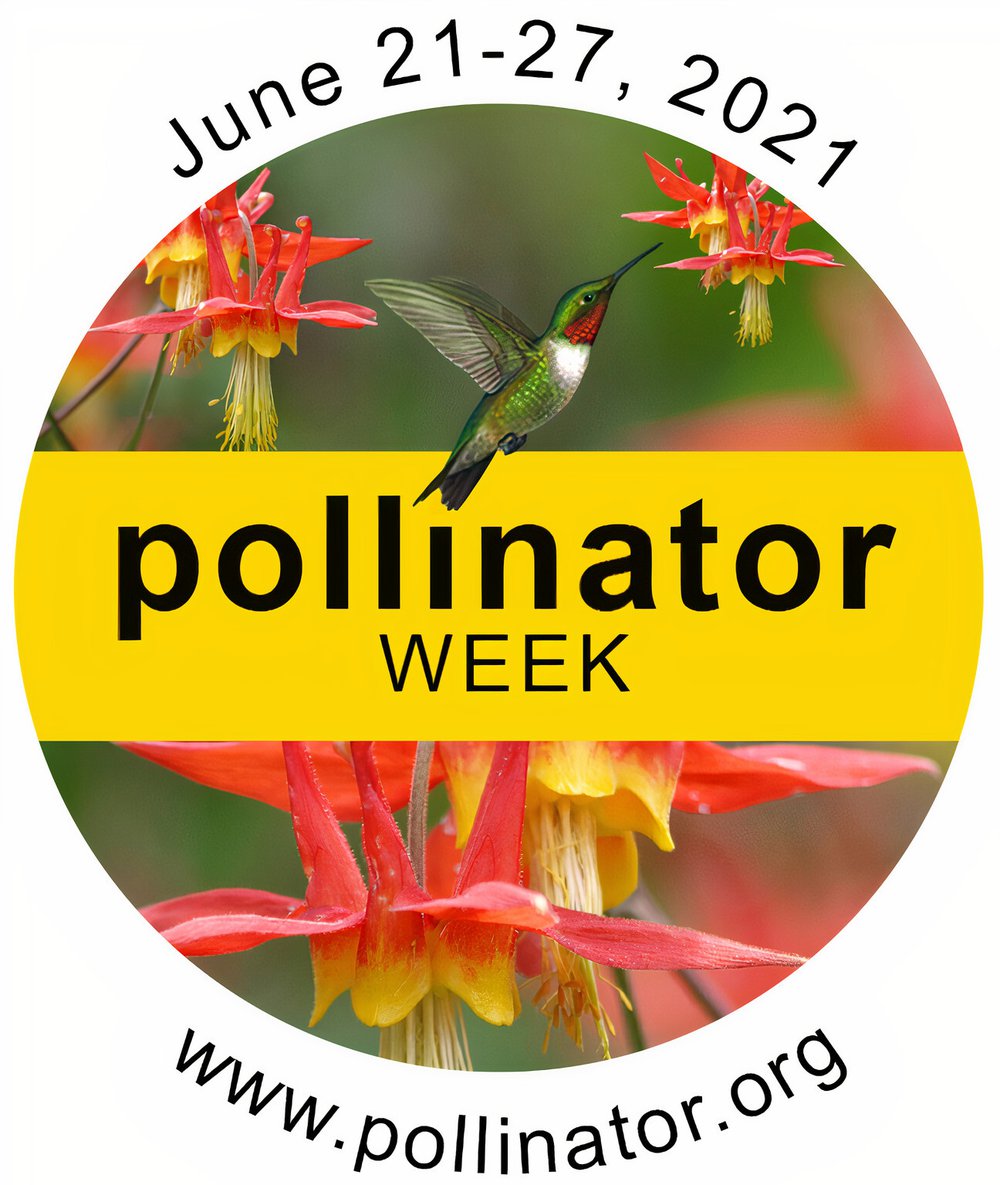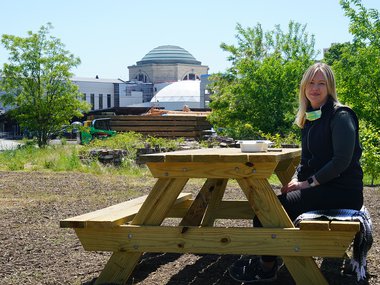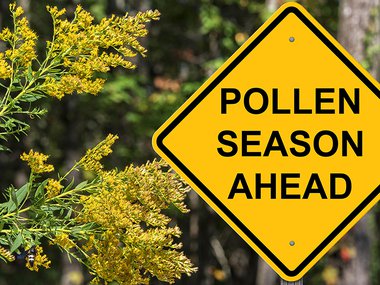All the Buzz about Pollinator Week
Happy Pollinator Week! This important celebration raises awareness about the valuable role bees, birds, butterflies, bats, beetles, and more play in our ecosystem. Pollinator Partnership has a toolkit to help you learn more about this month’s celebration. The US Forest Service also has a number of helpful resources to learn more about pollination, why it’s important, pollinator conservation practices, and more.

Closer to home, Virginia crops such as apples, pumpkins, cucumbers, squash, and blueberries are dependent on pollinators to fully develop their fruits. Everyone can do something to help attract, protect, and increase the state’s pollinator species.
The Virginia Department of Agriculture and Consumer Services encourages citizens to support a local beekeeper by buying local honey. They also suggest planting flowers in a variety of colors and shapes to attract pollinators. Not sure what to plant? The North American Pollinator Protection Campaign has a guide to native plants for the Southeastern states. The Virginia Native Plant Society has free digital guides that get even more specific by offering suggestions on the best plants broken down by regions across the state.
Over the years, we’ve created content about different types of pollinators. As we celebrate Pollinator Week 2021, we’re revisiting them. Check it out to see what all the buzz is about!
- When we planted our Pollinator Garden with help from Dominion Energy volunteers in 2017, we also created a pollinator plant gardening guide to help you decide which plants to add to your space. Even if you don’t have a yard, adding some flowers to a window box or balcony pot can produce blooms that sustain pollinator populations!
- When the US Fish and Wildlife Service designated the rusty patched bumblebee as an endangered species in January 2017, that was the first time a native pollinator had been categorized as an endangered species in the contiguous US. The Museum aired this important news conference to share the troubling news. You can also dig in more to bees being endangered here.
- Sticking with bees, the Museum received an un-BEE-lievably nice gift from an Eagle Scout during the 2018 Pollinator Week. Take a look at the wooden hotel that the teenager made to provide native bee species a nesting habitat.
- Light pollution has some very serious impacts on various environments around the world, including insects. Losing our bugs means losing our pollinators, a big problem for everyone and deserves proper attention. Here’s what we can do to reduce our use of artificial light: https://smv.org/learn/blog/are-our-lights-harming-insects/
- Earlier this year, we invited our friends at Strange’s Florists, Greenhouses & Garden Centers to explain the relationship between what's in your garden and its inhabitants, and to give a few tips about how to pick plants that benefit both you and our important pollinators. Go here to learn about how color, shape, and variety are all important factors in planting for pollinators.
- Last year for Pollinator Week we celebrated by exploring lepidoptera, the order made up of moths and butterflies. Head to this blog for some fast facts about the impressive insects.
- In order for butterflies to pollinate, they need to hide from predators. The winged insects use camouflage to do this. Our Butterfly Hide and Seek STEM at Home activity is a hands-on way for future scientists to learn more about adaptation.
- Bats may not seem like obvious pollinators but hundreds of species of fruit depend on bats for pollination. Interestingly when they aren’t busy pollinating crops and spreading seeds, bats argue. Check out this science story about the fussy mammals.
- And lastly, while not our content, we have shown Flight of the Butterflies in The Dome for many years. This visually stunning film follows the monarch butterfly on one of the longest migrations on Earth across a continent to a place it’s never known. The one-minute trailer reminds us of the beauty of these hard workers. For educators who want to help younger viewers learn more about monarchs, the creators have additional educational activities, too!


